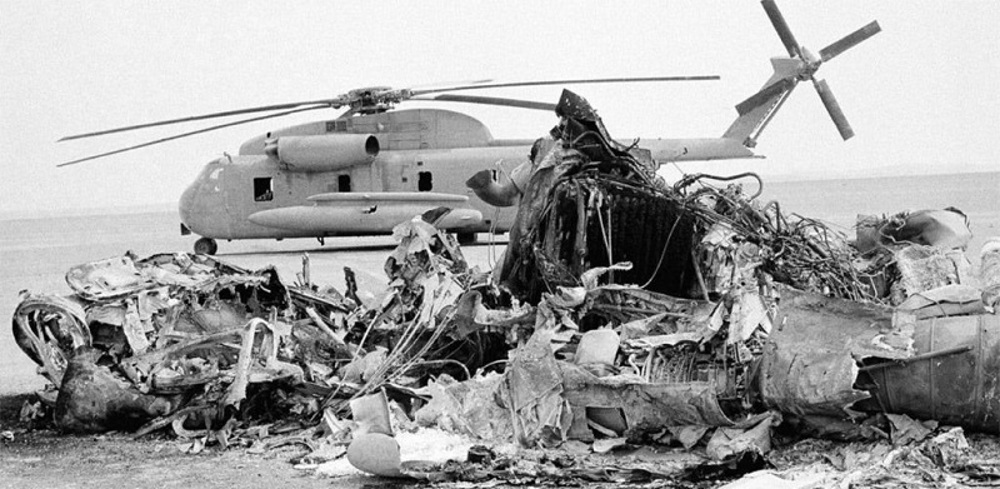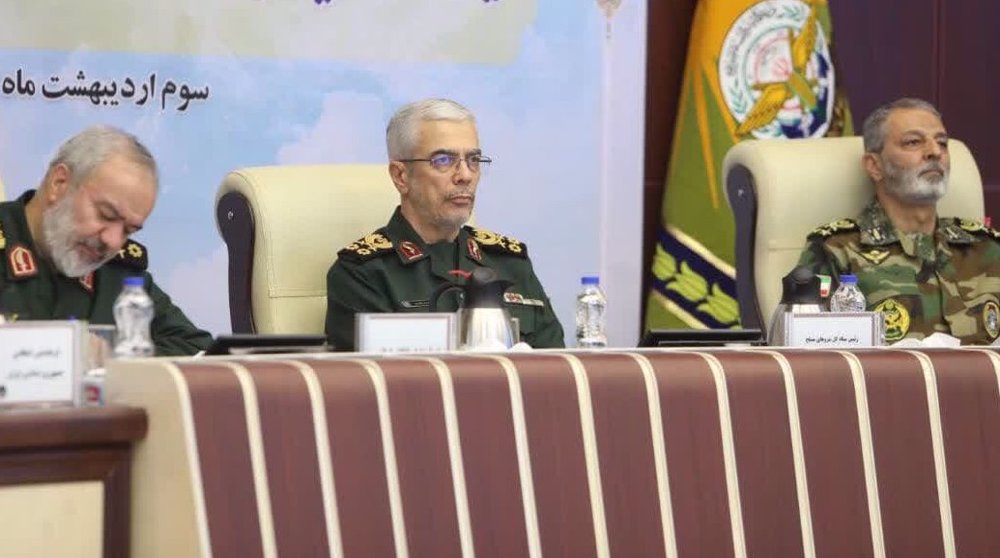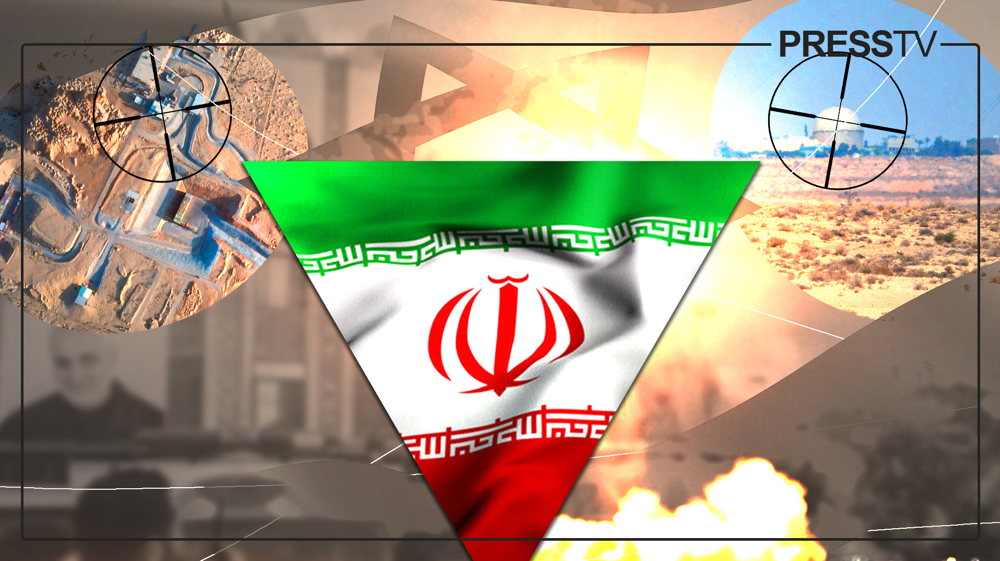IRGC kicks off second day of major military drill
Iran’s Islamic Revolution Guards Corps (IRGC) has kicked off the second day of major military maneuvers code-named the Great Prophet 9 in the south and the southwestern parts of the country.
On the second day of the drill, which started at 09:00 am local time (0530 GMT) on Thursday, the Ground Force units of the IRGC are planned to conduct special exercises.

As many as 10 military divisions, including units of ground forces, artillery, ammunition, missiles, drones, and reconnaissance jets, will conduct operations in the second day of the drills.
The drills will be conducted within the framework of 6 operations, including stationary defense, mobile defense, ambush, and anti-heliborne defense.

Among the unique features of the second day of the drills are the non-detectability of all positions and the impossibility of identifying them by reconnaissance aircraft.

IRGC's message: Security to friends, destruction to foes
The message of the military maneuvers of the IRGC is “peace” for the friends of the Islamic Republic and destruction for Iran’s enemies, said Commander of the IRGC Ground Force Brigadier General Mohammad Pakpour on the sidelines of the second day of the war games on Thursday.
“Our message to our friends is peace and security, and to those who harbor the thought of threatening the Islamic Republic is to know that our might will destroy them,” the commander added.
He further noted that during the drills the IRCG forces put into practice the theoretical training they had already received.
Countering threats
Meantime, the second-in-command of the IRGC’s Ground Force, Brigadier General Abdullah Araqi, said that Thursday's maneuvers mainly featured passive defense drills, adding that the exercise is aimed at upgrading the IRGC’s capabilities to counter possible threats.
Camouflage and non-symmetrical warfare techniques were also rehearsed during the maneuvers, said the top commander.
Day 1 of the drills
The Great Prophet 9 military drill started on Wednesday morning, with maritime mine operations by speedboats as well as the firing of four coast-to-sea missiles in the Persian Gulf region and the Strait of Hormuz.
The first phase of the drill concluded later in the day with a parade of marine units and speedboats. In this phase of the drill, as many as 30 speedboats of the IRGC conducted quick mine-planting operations.

Various types of ballistic and sea-launched cruise missiles were fired, and nearly 400 rounds of 107-milimeter rockets struck a replica of a US aircraft carrier.
In the first phase of the military maneuvers, as many as 17 missile and ballistic missiles were fired from vessels, helicopters, and coastal missile systems belonging to the IRGC naval forces. Of the 17 missiles, 4 were ballistic missiles, of which 2 were Khalij Fars (Persian Gulf) and one was Fateh (Victorious)-110 and one was Zelzal (Temblor).
Among the senior military and political officials present at the site of the drill were the IRGC’s Commander Major General Mohammad Ali Ja’fari, Iran’s Parliament (Majlis) Speaker Ali Larijani, IRGC’s second-in-command, Brigadier General Hossein Salami, Rear Admiral Ali Fadavi, a commander of the IRGC Navy, and Commander of the Aerospace Division of the IRGC Brigadier General Amir-Ali Hajizadeh.

Larijani’s remarks
Meanwhile, Larijani (seen above holding binoculars) praised the military might of the IRGC, saying it can establish security in the region.
Larijani, who made the remarks on the sidelines of the first day of the drill on Wednesday, described the IRGC forces in the southern waters as “capable” and “watchful,” adding that the forces can “establish security” with the cooperation of security forces from other regional countries.
“There is no need for other [extra-territorial] countries to be present in the region,” Larijani said.
In the second phase of the military maneuvers, some drone targets were destroyed by as many as 100 vessels belonging to the IRGC Navy. The drones were targeted by Misaq shoulder-launched missiles and canons installed on speedboats.
A total of 20 new missiles, including underwater ones with a speed of 100 meters per second, were test-fired during the military exercises.
The drill also featured other military equipment, including speedboats equipped with naval radars, electronic communications systems, cruise missiles with a range of 25 kilometers, anti-ship medium-range missiles, medium- and large-caliber torpedoes, sea mines, heavy machine guns, rocket-launchers and shoulder-fired surface-to-air missiles.
Iran has conducted several drills to enhance the defense capabilities of its armed forces and to test modern military tactics and equipment.
The Islamic Republic has repeatedly said that its military might poses no threat to other countries, reiterating that its defense doctrine is based on deterrence.
IA/HJL/HMV
Gaza faces imminent famine as people starving to death: UN warns
North Korea to stand up to sanctions, bolster military power: Official
Hezbollah says 2,000 Israeli forces killed, injured in operations since Gaza war began
War of wills: Iran army chief vows crushing response to any aggression
April 24: ‘Axis of Resistance’ operations against Israeli occupation
Tabas sand defeats US military
'US secretly sent long-range ATACMS missiles to Ukraine in recent weeks'
Iran: Awakened world public opinion determined to stop Israel war crimes









 This makes it easy to access the Press TV website
This makes it easy to access the Press TV website